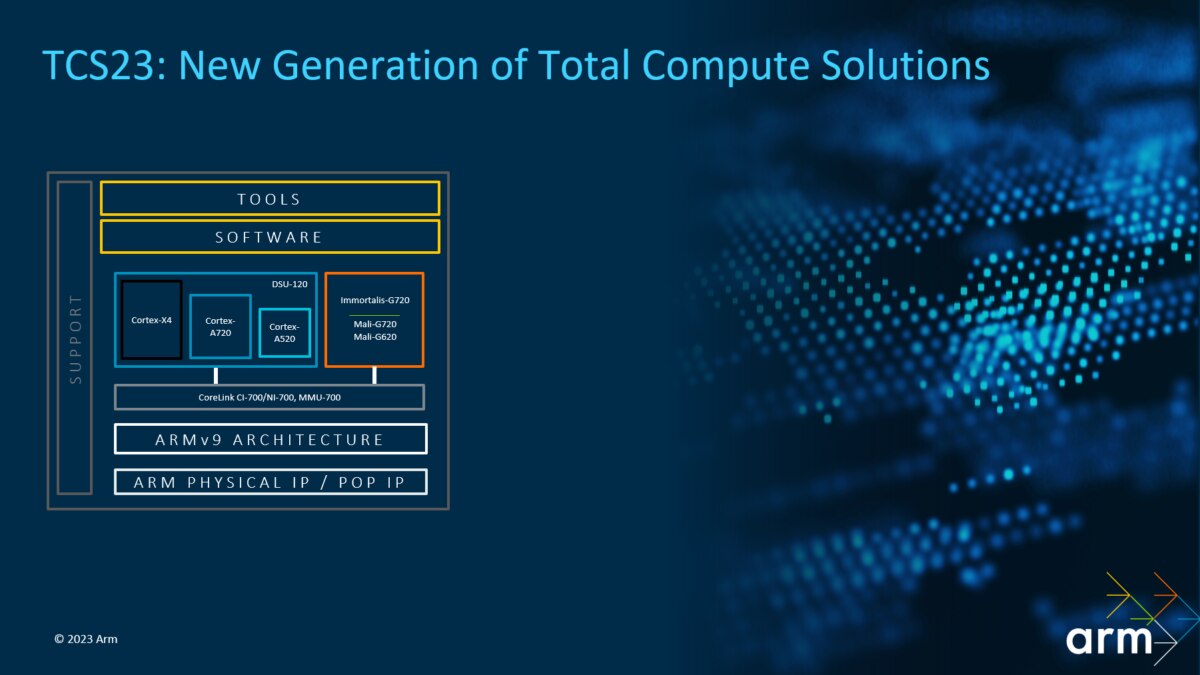How User Behaviour and Applications are Shaping Affordable Smartphones

From the 1.2 billion smartphones sold in the past year, 800 million are considered to be “affordable smartphones”. These devices, which cover mid-tier to entry-level smartphones and even below, are pivotal in today’s digital world, representing the “heart and soul” of the mobile ecosystem.
Today, over 50 OEMs and ODMs produce a variety of affordable, lower cost smartphones across all markets. The application ecosystem is also growing, with more than 3.5 million applications and revenues representing a 20 percent CAGR (Compound Annual Growth Rate). For developers, it can be challenging to finesse their applications for every smartphone, some focus on the best hardware while others fine tune for the older “lowest common denominator” hardware. This can lead to a wide range of user experiences.
Increasing user demand
The rise of the big popular applications, like WeChat, WhatsApp, TikTok and Instagram, are playing an influential role in defining user behaviour and creating demand for the latest smartphone features.
This is pushing smartphone usage to unprecedented heights. Smartphone daily internet usage is increasing 11 minutes on average every year, surpassing PC and laptop daily internet usage. Focusing on the applications, Android users now spend about 23.7 hours per month on YouTube. TikTok has one billion active users per month (with four in five users rating TikTok as very or extremely entertaining) and about 500 million people use Instagram stories on a daily basis.
And these applications are continuing to evolve based on user demands and behaviour. For example, WeChat is far more than a chat application, with it also being used for ordering food, paying for taxis and playing games with groups of friends. The complexity is that every smartphone user expects these applications to work well on their device, even entry-level, with many of today’s smartphones already hitting their limits of performance.
Key metrics that are essential for the overall user experience, like high UI fluidity and responsiveness, quick application launch times and FPS (frames per second) stability, all need to improve. For OEMs and ODMs, it is critical that affordable smartphones deliver on these experiences, as well as broad improvements in overall performance.
Ultimately, today’s affordable smartphone customer will become tomorrow’s premium or flagship customer. A poor experience on a lower-tier smartphone device will negatively affect brand perception and therefore customer loyalty.
But how can this be achieved? How can we ensure great experiences across affordable smartphones?
TCS23 for affordable smartphones
Arm’s latest Total Compute Solutions (TCS23) provides scalable IP configurations that support the best customer experiences for mid and entry-level smartphones, while fulfilling area and power considerations in the system-on-chip (SoC). In fact, all of Arm’s IP in TCS23 steps up to the challenge of supporting increasingly complex use cases and experiences on affordable smartphone devices. Our modern Cortex-A CPUs and Mali GPUs all provide scalable options with smaller area configurations (which means less cost) needed for affordable smartphones, alongside better performance and efficiency and more AI compute.

For example, Arm’s latest Cortex-A720 CPU has the same area as the Cortex-A78 CPU but provides a 13 percent uplift in single-threaded performance. This improves the launch speeds for applications, web browsing and mobile gaming, especially when loading new scenes and worlds.
Then, from a CPU cluster perspective, a 2+6 Cortex A720 and Cortex-A520 CPU cluster delivers a 43 percent increase in multi-threaded performance compared to a 2+6 Cortex A78 and Cortex-A55 CPU cluster. This is important for improving sustained use cases and multi-tasking on smartphones, like watching a video while messaging or playing a mobile game while on live player chat. These may seem like flagship and premium use cases, but are filtering through to mid-tier and even entry-level smartphones.

On ML compute, 70 percent of AI in today’s third-party applications run on Arm CPUs. The new Cortex-A720 cluster of CPUs accelerates this trend with 167 percent more ML compute (compared to the Cortex-A78 cluster) through progress in both hardware and software. Arm’s open-source software development kit helps unleash more developer creativity to both add more ML capabilities to existing applications, like smart reply for a messaging application, or to help create the next new million applications for the mobile ecosystem.
On security, smartphone users and the mobile ecosystem, including OEMs, ODMs, silicon vendors and developers expect similar levels for the latest use cases across all tiers of devices. These include biometrics, face recognition and even the next generation of ML use cases for security. Anticipating these demands and leveraging new innovations in the Arm architecture, all of the latest Armv9 CPUs come with added security features.
Finally, on the GPU side, the latest Mali-G720 GPU has a brand-new graphics pipeline, which ensures affordable, lower cost smartphone devices can effectively deliver real-world use cases and applications with increasing graphical complexity. This is alongside a 15 percent performance increase and 40 percent uplift in system-level efficiency. The same premium GPU and features can also be scaled all the way down to entry-level smartphones, ensuring immersive visual experiences for all smartphone users.

Entertaining experiences for all smartphone users
Big applications continue to evolve new features and experiences for all users and all tiers of smartphone, helping to create a robust and growing mobile ecosystem.
However, the additional performance now needed for these new capabilities and exciting services leads to a creative tension between the cost of the device and the overall user experience, especially in the affordable tiers. Silicon vendors and the supply chain must contain their costs, while for the OEMs they need users to enjoy their smartphone and overall brand.
Thanks to the scalable performance of TCS23 and range of Arm IP, silicon vendors and OEMs can stay ahead of the curve and confidently enable the 800 million users of the affordable device tiers per year to dance, play and laugh on their Arm-powered smartphones.
Arm technology is at the center of the world’s smartphones
Arm plays a prominent role in today’s smartphones, with around 99 percent built on the Arm technology.
Any re-use permitted for informational and non-commercial or personal use only.












